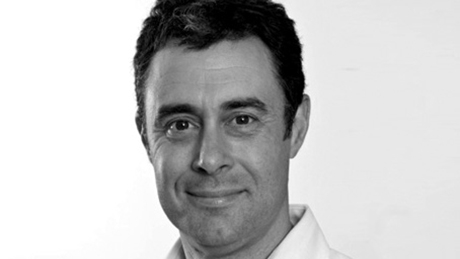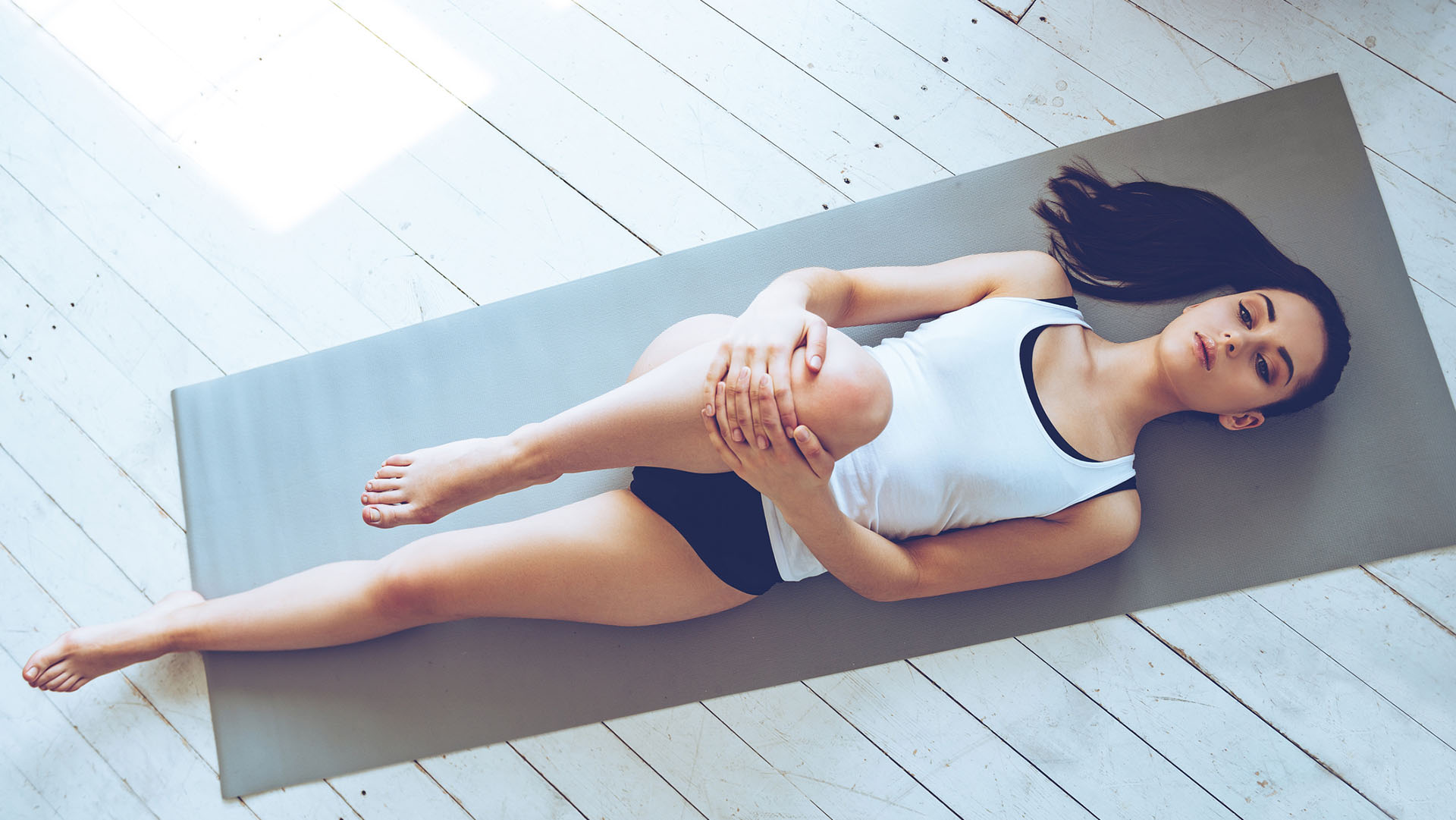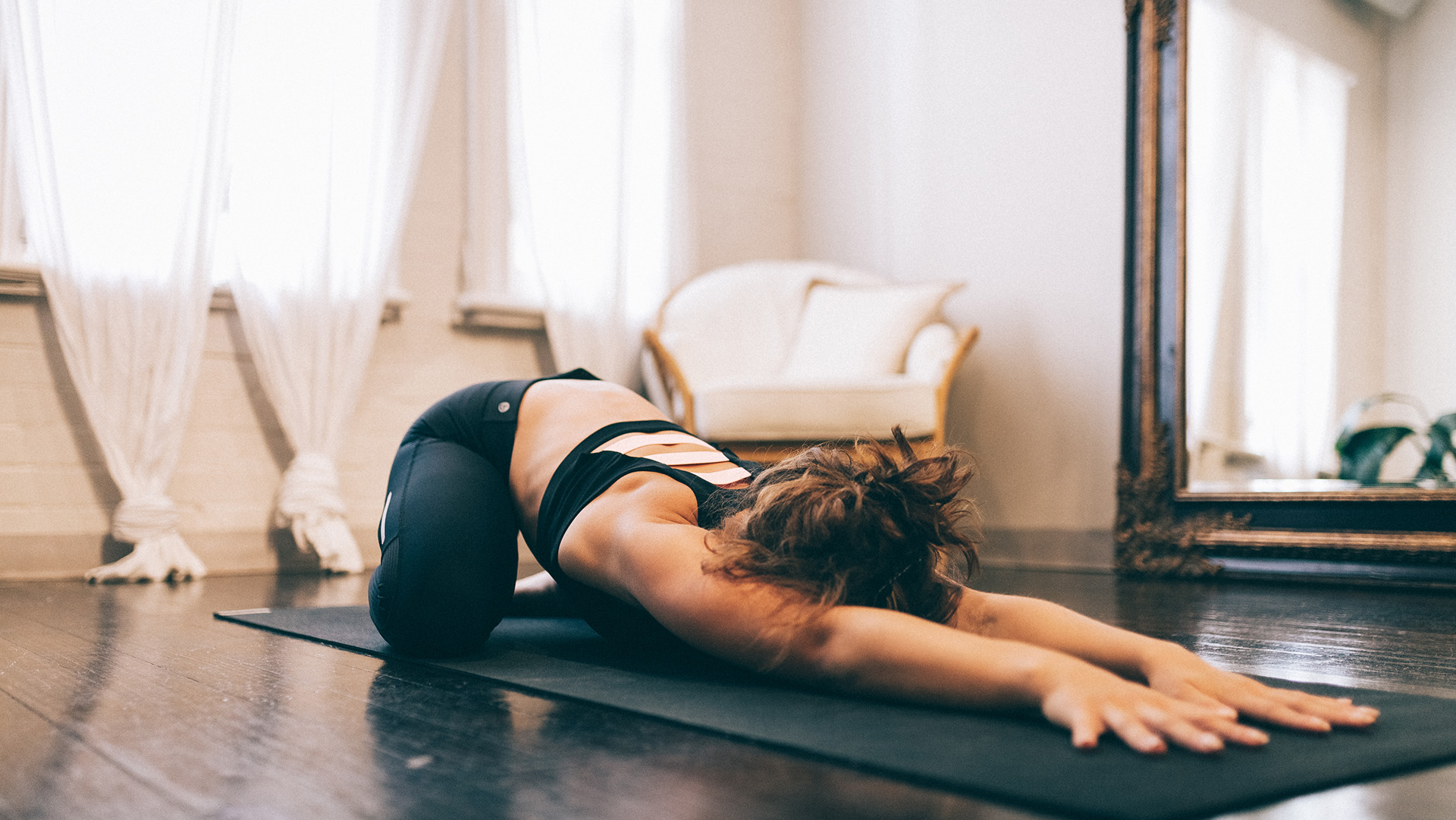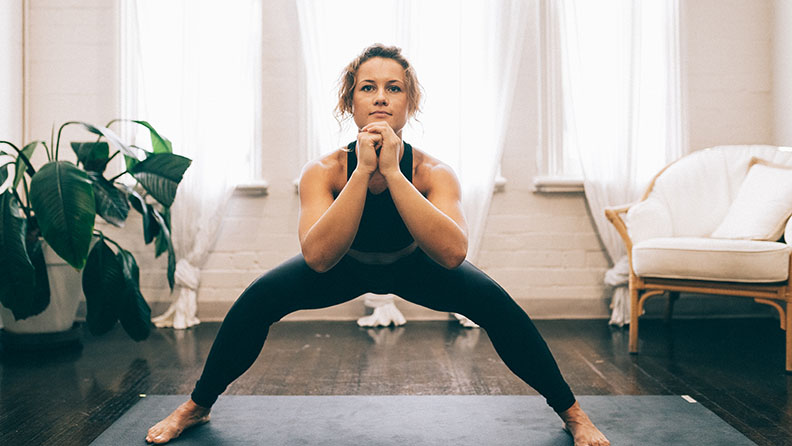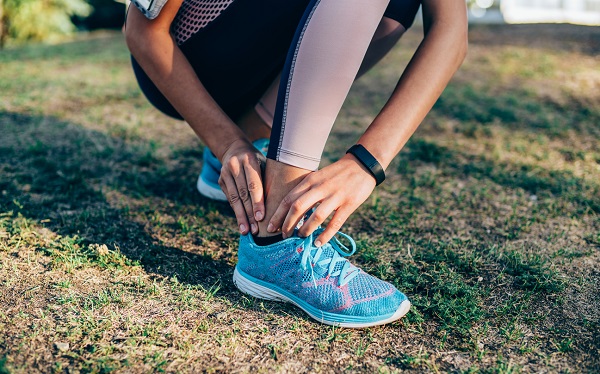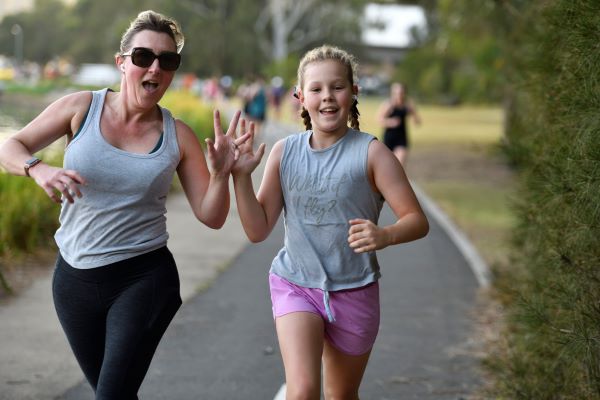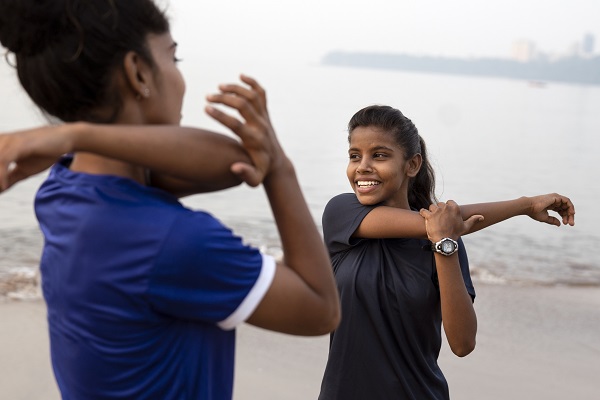-
Even if you’re a regular exerciser, there’s a chance you have experienced the deep ache of muscle soreness that can last for days. The pain experience can vary depending upon the exercise – from ‘it’s painful just to get dressed’ through to the discomfort of sitting down and the absolute torture of navigating a set of stairs.
The pain is all part of the normal inflammatory response of the muscles to intense or unfamiliar exercise and is definitely part of the ‘gain’ experienced with intense exercise training. The enduring question is whether it’s possible to have gain without the pain.
Why do muscles become sore?
Each muscle consists of many tiny fibres, known as myofibres, which are bunched together. These many myofibres are activated by nerves to contract in unison.
The muscle then shortens, pulling on tendons, which in turn are connected to joints. Many hundreds of myofibres contract the whole muscle, pulling on the tendons and the joint bends.
Each repeated contraction of these tiny myofibres can damage their cell wall. Under a microscope, the muscles of people who have just completed a marathon show extensive tears to most myofibres. Each of these tears, known as a micro-tear, is muscle damage that needs to heal.
The healing process of micro-tears is not well understood. The myofibres themselves begin the repair process by releasing a range of chemicals that attract and activate the circulating immune cells.
Within 12 hours, damaged muscle will swell with many more white blood cells. Immune cells are important for fighting infections, but they also help tissues repair, often by destroying broken pieces of cells. These immune cells also cause swelling and release chemicals that cause pain. This is the pain that is felt during
exercise recovery."Typically the pain of exercise is not experienced until the day after and can last for three days or more. This exercise recovery pain is known as delayed onset muscle soreness (DOMS)."
Delayed pain
The immune and recovery responses take a while to get going, but within 24 hours, and generally not more than three days after exercise, the immune cells and the myofibres themselves are hard at work trying to repair.
Typically the pain of exercise is not experienced until the day after, and can last for three days or more. Because of its delayed appearance, exercise recovery pain is known as delayed onset muscle soreness (DOMS).
6 recovery strategies to try
1. Assess the pain
Before getting back into exercise again, take a moment to evaluate the pain. If pain is uncharacteristically intense or localised, chances are it’s more than microtears. Muscle and tendon tears are not uncommon and take specialist care and intervention to help with recovery. If pain persists, seek further professional advice.
2. Build back slowly
Beyond just the pain, DOMS also reduces the strength of the muscles. This is part of the body’s natural protective mechanisms to try to limit further damage. Listen to your body and step your exercises up again slowly.
3. Stretch and massage
There is no clinical proof that stretching or massage help the muscles repair any faster, but a gentle stretch and a skilled masseur can definitely make it feel a whole lot better.
4. Eat and drink
Tissue repair is an energy demanding process. Adequate fuel and water to supply energy and maintain the optimal environment can only help. Protein is particularly important to supply the amino acids required for rebuilding and can speed recovery.
5. Limit anti-inflammatories and antioxidant supplements
Anti-inflammatories and antioxidants dampen the activity of the immune system. These might take away some of the pain, but they also slow the repair process.
6. Training
Each time an exercise is performed, the amount of muscle damage gets a little less and the inflammation is reduced. So the best strategy to avoid muscle soreness is to get out and do it again, and again.
Why exercise recovery hurts – and what helps
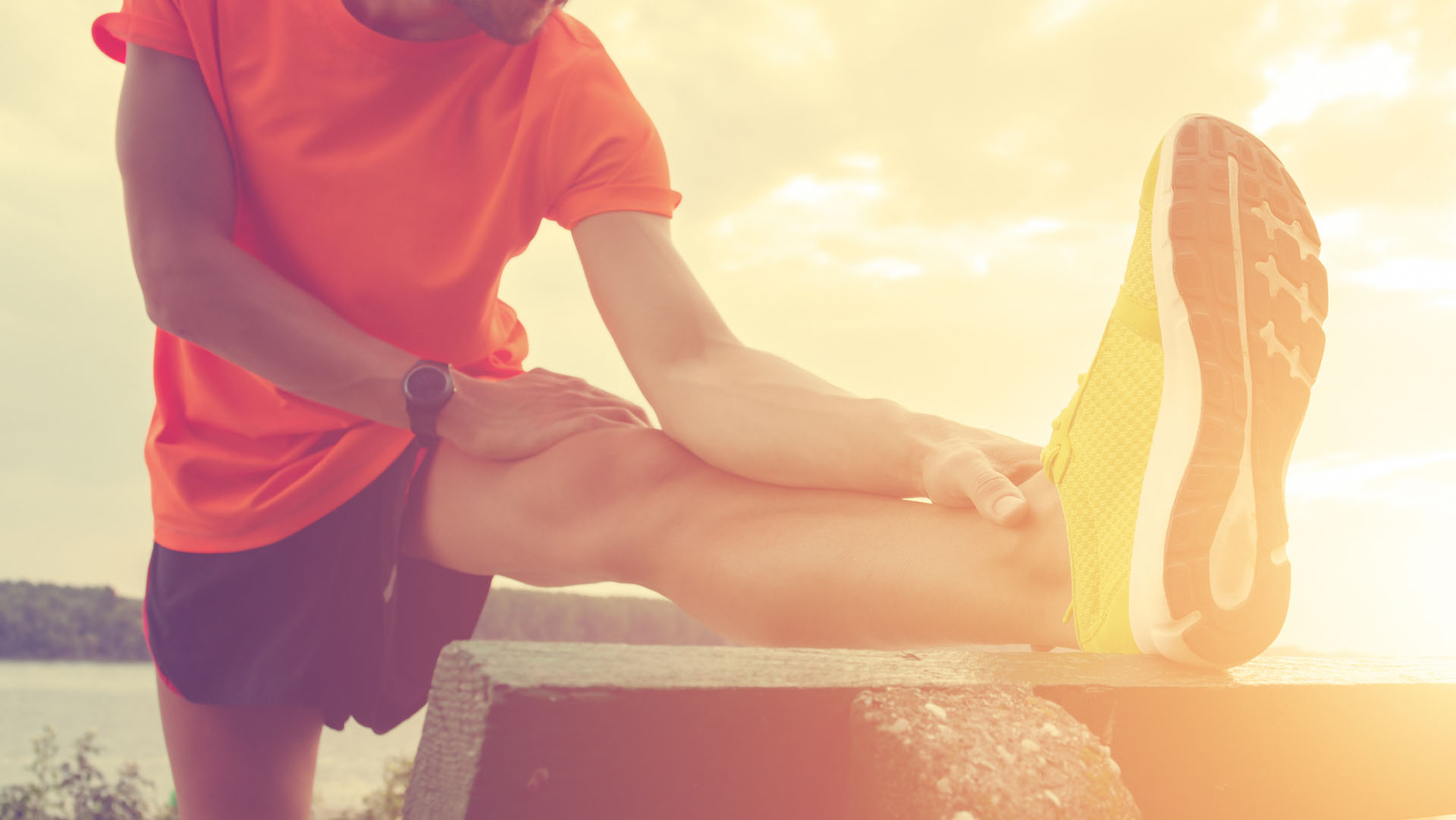
-
Stretches for gym enthusiasts
8 stretches to help you cool down from workouts
-
Stretches for office workers
Stretch out your back and relieve stress
-
Stretches for runners
Stretch your legs, hips and back after a long run
-
How to walk 10,000 steps
Discover how to easily reach your goal of 10,000 steps daily.
-
Everything you need to know about parkrun
Been wondering what a parkrun looks like? Where do you go? What do you do? How do you sign up? Find out here.
-
Five ways to exercise when on a budget
You don’t need to spend money on gym memberships just to meet your fitness goals. Here are five free ways to stay healthy and active when you’re living on a budget.
Subscribe to receive the best from Live Better every week. Healthy recipes, exercise tips and activities, offers and promotions – everything to help you eat, move and feel better.
By clicking sign up I understand and agree to Medibank's privacy policy
